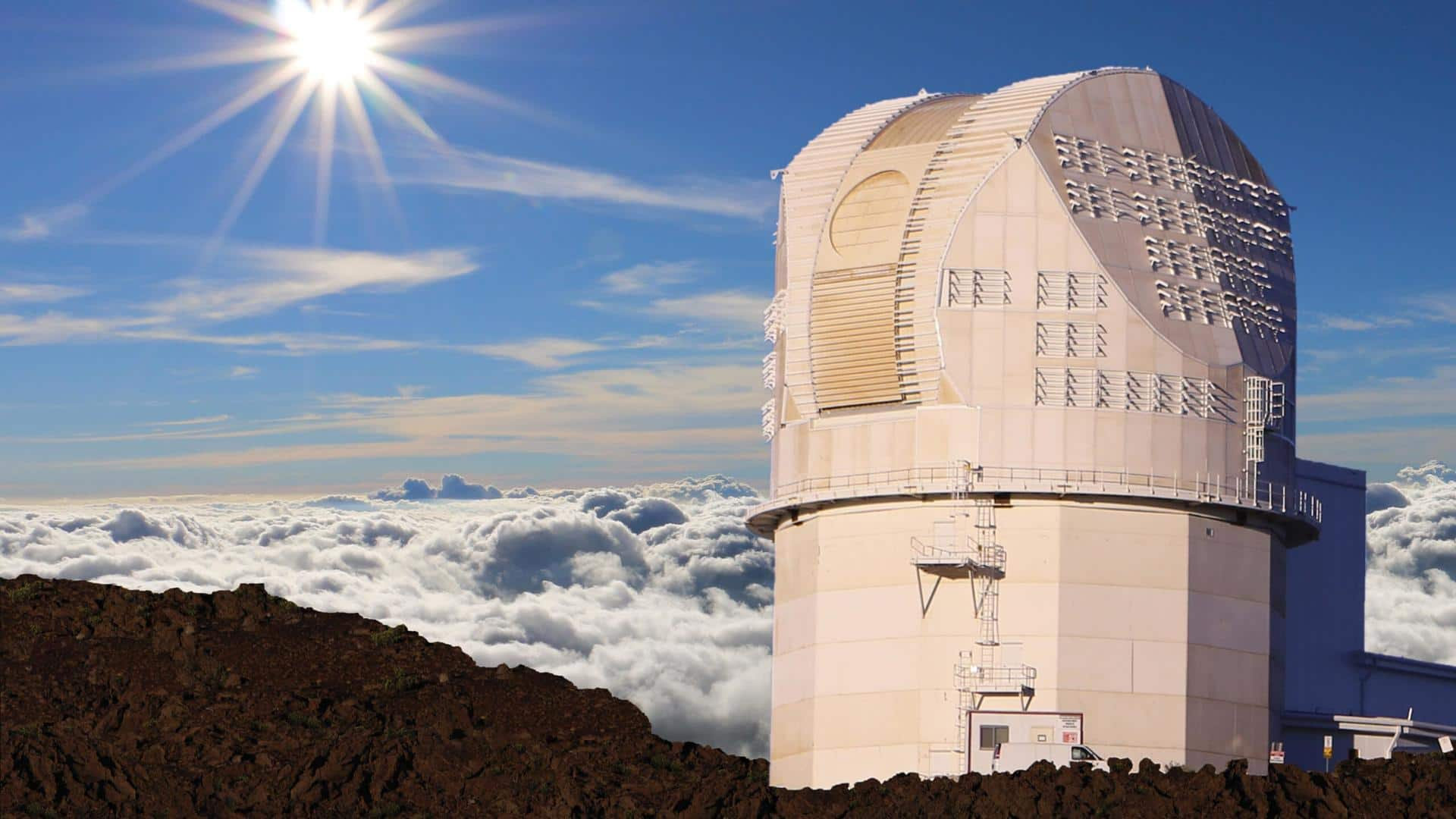
Interesting facts about world's largest solar telescope
What's the story
Located at the top of a volcanic mountain on the Maui island, in Hawaii, Daniel K. Inouye Solar Telescope (DKIST) is the world's largest and most powerful solar telescope. The planning for the ground-based observatory, which is estimated to cost almost $344 million, spanned almost three decades. It is operated by the National Solar Observatory (NSO). Here are some facts about the telescope.
Objective
What is the objective of DKIST?
The primary goal of the Inouye Solar Telescope is to study the magnetic fields of the Sun. The Sun's magnetic fields are the source of solar flares and coronal mass ejections (CMEs), which broadly classify as space weather. Space weather can impact Earth and interfere with the current-day technology we rely on including communication, navigation, and electrical networks.
Mirror
DKIST's mirror can gather seven times more sunlight than others
The Inouye Solar Telescope has the largest mirror found in any solar telescope in the world. Thanks to this feature, it can peer into faint and distant objects in the cosmos. The telescope's mirror, which measures about 14 feet across, can gather seven times more sunlight than any other solar telescope. It can resolve features on the Sun as small as roughly 25km across.
Location
The telescope is located at an altitude of 10,000 feet
A lot of thought went into the Inouye Solar Telescope's location. The sky above the telescope needed to be free of dust, aerosols, and pollutants for conducting observations of the Sun. From its vantage point at the Haleakala Observatories on Maui island, at an altitude of 10,000 feet, the telescope's location allows it to study Sun's faint corona or its outer atmosphere.
Information
The telescope collects 9 terabytes of data each day
The Inouye Solar Telescope is built to collect about nine terabytes of data each day. So let's say if a 720p movie is roughly 1GB, the telescope collects data worth over 9,200 movies, daily.
Cooling
How does the observatory resist heat?
If the telescope's main task is to observe the Sun, then the most natural question would be how the observatory shields itself from the heat. More than 11km of piping distributes coolant throughout the observatory. The coolant system, the dome, and a "heat-stop" are three important components that provide heat protection for the telescope and its mirrors.
Operations
The telescope released its first solar images in 2019
The contract to build Inouye Solar Telescope was given in 2010 and work commenced in 2013. The observatory released its first solar images in 2019. It has a long yet exciting journey ahead. The telescope is expected to carry out science observations for at least four solar cycles. Each solar cycle lasts about 11 years, which means the telescope will operate through the 2060s.